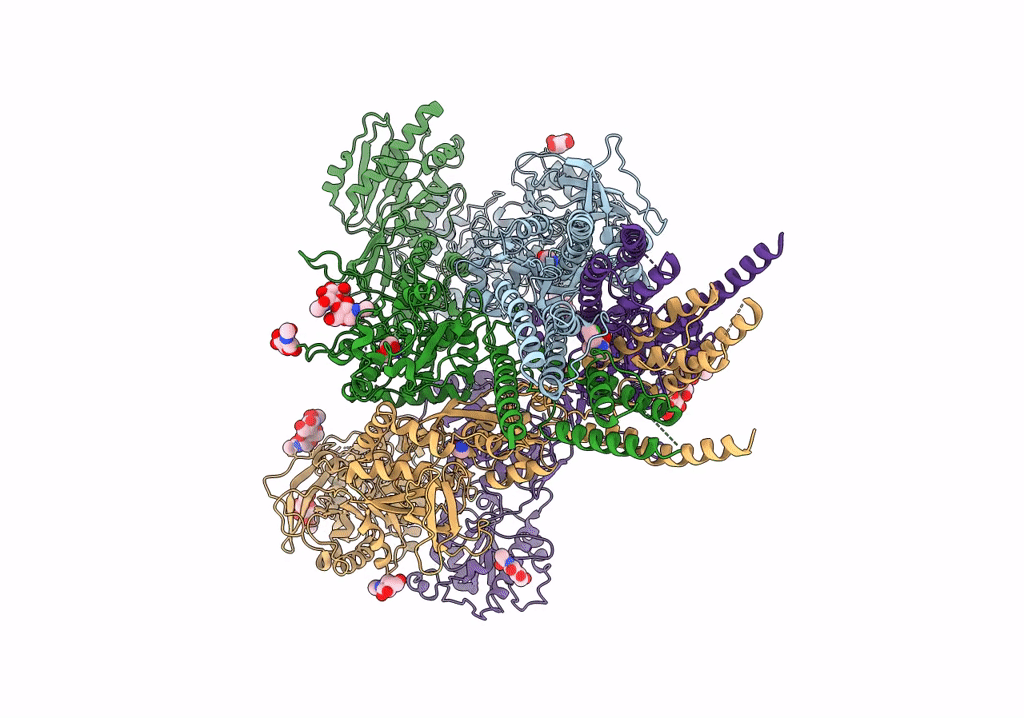
Deposition Date
2021-09-22
Release Date
2022-07-20
Last Version Date
2025-05-21
Entry Detail
PDB ID:
7SAC
Keywords:
Title:
S-(+)-ketamine bound GluN1a-GluN2B NMDA receptors at 3.69 Angstrom resolution
Biological Source:
Source Organism:
Rattus norvegicus (Taxon ID: 10116)
Host Organism:
Method Details:
Experimental Method:
Resolution:
3.69 Å
Aggregation State:
PARTICLE
Reconstruction Method:
SINGLE PARTICLE


